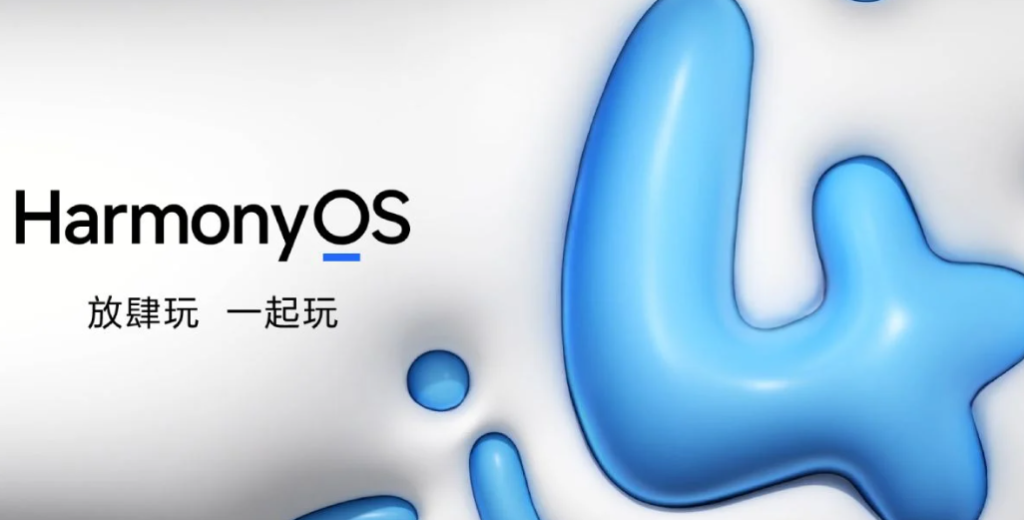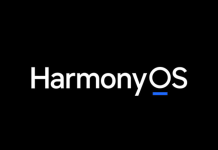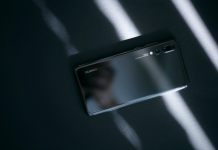HarmonyOS from Huawei is poised to overtake Apple’s iOS as China’s second-most popular smartphone operating system by 2024, according to a report by TechInsights. This optimistic outlook stems from Huawei’s triumphant reentry into the 5G market with the Mate 60 series, overcoming supply challenges, and generating enthusiasm for the Mate 60 Pro, the pioneering 5G phone featuring Huawei’s Kirin 9000 chipset, defying US sanctions.
The success of HarmonyOS is bolstered by strategic software upgrades. HarmonyOS Next, scheduled for a 2024 debut, is tailored for native apps, eliminating the Android codebase. Key players in the Chinese tech scene, such as Alipay, JD.com, NetEase, and McDonald’s China, are actively contributing to the development of native apps, fortifying the platform’s ecosystem.

Current metrics highlight HarmonyOS’s momentum, boasting over 700 million devices and engaging more than 2.2 million third-party developers. Huawei’s CEO, Richard Yu Chengdong, acknowledges the platform’s strides in China while recognizing global challenges.
Despite the optimistic outlook, global uncertainties persist for HarmonyOS. The dominance of Android and iOS worldwide prompts questions about the adoption of HarmonyOS by other phone makers, potentially restricting its influence beyond Huawei’s devices.
Key milestones for HarmonyOS include powering all Huawei smartphones since its August 2019 launch. HarmonyOS Next, set for 2024, will not support Android-based apps, signaling a pivotal shift in Huawei’s software strategy. Major Chinese corporations, such as McDonald’s China, adopting HarmonyOS could influence other smartphone manufacturers.
While HarmonyOS thrives in China, its global status as a default operating system for smartphones, laptops, and cars remains uncertain. The tech community keenly watches how HarmonyOS will shape the future of the mobile operating system landscape.
Related:
- Huawei to host HarmonyOS ecosystem event in China on January 18
- UK’s Biggest Telecom Company Continues Using Huawei Equipment
- Apple Led the 2023 Flagship Smartphone Market, especially in China, Western Europe, & India







